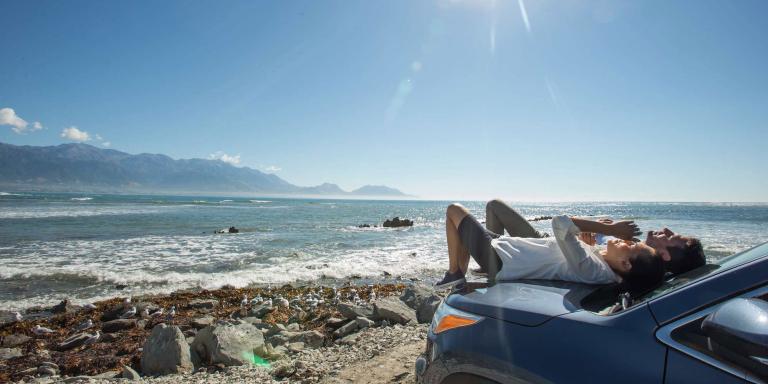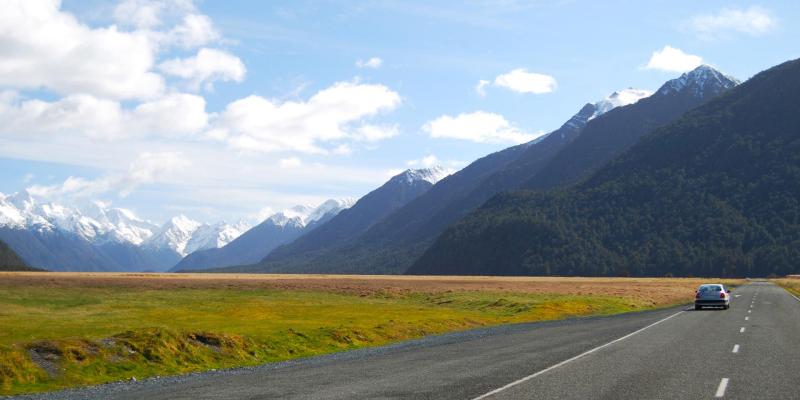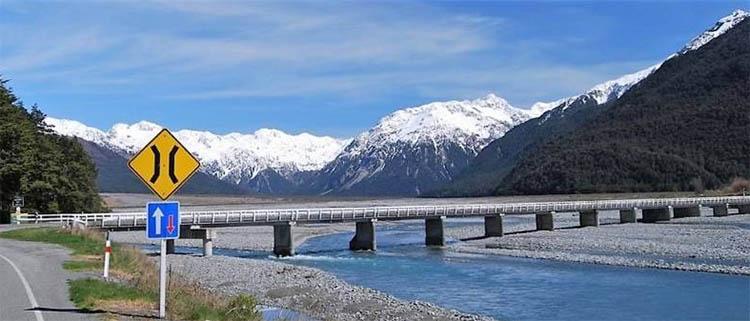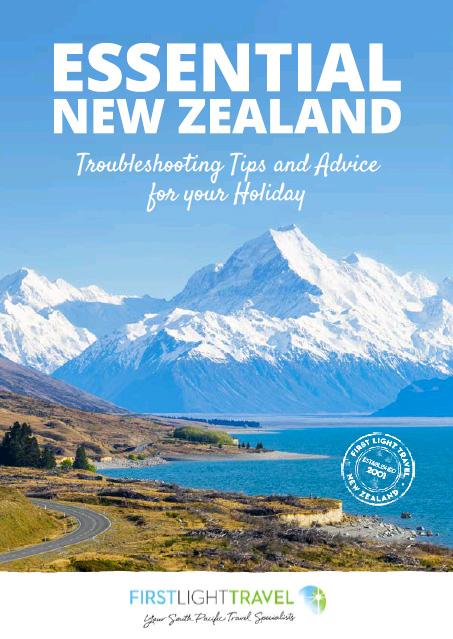International Driving Licence
To drive in New Zealand you must have a current driver’s licence from your home country or an International Driving Permit (IDP). If you are here longer than 12 months you are legally required to convert to a New Zealand licence. This applies to each visit to New Zealand.
All drivers must carry their licence or IDP at all times when driving. You will only be able to drive the same types of vehicles you are licensed to drive in your home country. The common legal age to rent a car in New Zealand is 21 years old. If your licence is not in English, you will need to bring an English translation with you, or obtain an International Driving Permit.
Do I need car insurance?
Unlike some other countries, it is not a legal requirement to have car insurance to drive in New Zealand. However, we would strongly recommend that you do get at least third party insurance. And remember, even if you are insured by your rental car company, the excess on those policies can be, well, excessive.
When hiring a car in New Zealand most reputable rental car companies will have a comprehensive motor vehicle Insurance including third party and public liability included in their daily rate, this rate should also include unlimited kilometres, Government taxes and free automobile association New Zealand membership and roadside assistance.
An Accident Damage Excess (ADE) applies to nearly all car rental agreements in New Zealand. This excess can be reduced and is strongly advised (This is your option) at the time of rental by purchasing Accident Excess Reduction (AER). This is a contract between you and the rental company. Accident Damage Excesses differ from company to company and it is certainly recommended you read these carefully.
Calculating the true driving time
Driving in New Zealand is NOTHING like driving in most other countries.There are the obvious differences if you are from the US, like the steering wheel being on the right and the blinker and windshield wipers reversed. But the real difference comes when you look at a map and say, "look it is only 80 km (49 mi) between Thames and Whitianga, it should take us only 45 minutes to get there." WRONG! There are few "interstate" highways (called motorways here) in NZ. The rest of the country is one lane each way. That means slowing down to go through the numerous towns, getting stuck behind logging or cattle trucks doing 60km (37 mi) and other unforeseen delays that do not show-up on maps.
Points of difference
We want to keep you safe on our roads. Take time to look at these points of difference. These are the key points that have tripped drivers up recently.
We drive on the left: This can be a challenge to remember especially when pulling out into traffic or at night. Get in to the habit of checking yourself before you use the accelerator.
Stop signs: In New Zealand this means complete stop, rather than a rolling stop. They are in spots that are known to be hazardous.
Hilly (elevated), narrow or windy roads: We have a lot of surprising roads, and they are often through the most scenic of routes. The key is to stay on your own side of the road and reduce your speed. Factor a longer journey in to your travel times. Tourist routes have lots of rest areas to stop safely so take advantage of these and take regular breaks.
Railway crossings: Red flashing lights means a train is coming, so stop until the lights have stopped flashing. Other crossings only have a ‘Railway Crossing’ sign. You need to stop, look both ways and only cross the track if there are no trains approaching. About half of our railway crossings are not automated.
Gravel roads: We have a good number of roads with loose gravel in back country areas off the main routes. These can be tricky and your car may not behave as you expect. Also clouds of dusty dirt will cover your car and surrounding paddocks. Take it easy, reduce your speed considerably and watch your cornering. Most importantly if you have an accident on a gravel road, there is a 99.9% chance you will not be insured!
Main and back roads: You will be sharing the road with farm vehicles, milk collection trucks and stock vehicles. Many are professional drivers going about their business. It takes a time to get the big trucks up to speed, and space to make a turn so please, give them room. Also watch out for people on biking holidays. They are to be admired for their effort (especially in a northwest wind).
Stock movements: It’s quite fun watching a farmer move sheep and cattle over road ways, and we reckon you have to experience it. Don’t sound your horn or rev the engine. Drive slowly and steadily, and you’ll be through in no time.
Carry your driver licence: If your licence is not in English, you must carry a translation from an approved translator. Always carry your driver license.
Drink driving: Alcohol has a different effect on everyone but it is advisable to not drink any alcohol when you will be driving. The blood alcohol limit in New Zealand is 50mg of alcohol per 100ml of blood. This is about two standard drinks for a man or one for a woman.
Texting while driving: Using a mobile phone while driving is illegal.
Seatbelts: You and your passengers must wear a seatbelt if one is fitted in the seat you’re using.
Drive for the conditions:
- If you are in a city, the following times are worth avoiding:
- workers will be travelling between 8-9am and 4.30 – 6pm.
- Kids go to school 8.30-9am and home 2.45-3.15pm, so watch out for littlies.
- Tune the radio into weather reports before you leave, so you don’t get caught out.
- Exposed places can get very windy at times. If you are travelling in a campervan on a windy day, consider waiting until it eases up a bit.
- In winter, rural roads can get icy and it’s not always visible. If you don’t have to travel at the crack of dawn, it’s worth delaying until the sun warms the road. If you have to travel, reduce your speed, avoid sudden braking or direction changes, and allow greater following distances.
- If you’re driving in the South Island in winter, spring or late autumn, snow is possible. So, ensure that you’re carrying chains (and know how to fit them) if a cold snap has been forecast.
The South Island's famous “One Lane Bridges”
Pay close attention to the direction of the arrow showing whom has the right of way to go first. The big white arrow means you do, but if it is the smaller red arrow - you must stop and let oncoming traffic enter the bridge first. Some bridges may also be controlled by traffic lights.
Let traffic pass!
You may be on holiday and keen to cruise the stunning scenery but New Zealand roads are often single carriage way - with limited opportunities for overtaking from vehicles behind due to the terrain. If you find you have more than 2-3 cars following you - please endeavour to indicate, then pull over to the left hand side of the road - only when it is safe to do so to let the traffic pass. Some NZ drivers are known for being a little impatient and usually know their local roads well, they’ll give you a friendly toot of the horn and a wave - if you do let them pass.
Photo Opportunities
Please do not stop for photos as you drive unless there is a wide enough shoulder on the left hand side of the road to do so. This equally applies to stopping to check your map! The roads may seem quiet enough but our roads can be quite narrow. Scenic photo stops will be available - wait for a Brown tourist sign indicating a safe place to pull over.
North Island: | South Island: | |||||
|---|---|---|---|---|---|---|
Auckland to: | Kilometers / Miles | Driving Time: | Picton to: | Kilometers / Miles | Driving Time: | |
| Napier | 422km / 262mi | 06hr 35mins | Christchurch | 336km / 209mi | 05hr | |
| Paihia | 240km / 149mi | 04hr 15mins | Milford Sound | 1108km / 689mi | 18hr 25mins | |
| Rotorua | 233km / 145mi | 03hr 35mins | Mount Cook | 666km / 414mi | 09hr 45mins | |
| Waitomo | 200km / 124mi | 03hr 10mins | Nelson | 109km / 68mi | 02hr 10mins | |
| Wellington | 658km / 409mi | 09hr 15mins | Queenstown | 822km / 511mi | 13hr 20mins | |
Waitomo Cave to: | Kilometers / Miles | Driving Time: | Nelson to: | Kilometers / Miles | Driving Time: | |
| Auckland | 200km / 124mi | 03hr 10mins | Christchurch | 423km / 263mi | 06hr 15mins | |
| Napier | 306km / 190mi | 05hr 05mins | Milford Sound | 1146km / 712mi | 18hr 35mins | |
| Paihia | 439km / 273mi | 07hr 25mins | Mount Cook | 775km / 469mi | 10hr 30mins | |
| Rotorua | 166km / 103mi | 02hr 45mins | Picton | 109km / 68mi | 02hr 10mins | |
| Wellington | 473km / 294mi | 07hr 10mins | Queenstown | 693km / 431mi | 12hr 45mins | |
Rotorua to: | Kilometers / Miles | Driving Time: | Christchurch to: | Kilometers / Miles | Driving Time: | |
| Auckland | 233km / 145mi | 03hr 35mins | Milford Sound | 722km / 480mi | 10hr 40mins | |
| Napier | 224km / 139mi | 03hr 50mins | Mount Cook | 331km / 206mi | 04hr 55mins | |
| Paihia | 475km / 295mi | 07hr 50mins | Nelson | 423km / 263mi | 06hr 15mins | |
| Waitomo | 166km / 103mi | 02hr 45mins | Picton | 336km / 209mi | 05hr | |
| Wellington | 460km / 286mi | 06hr 30mins | Queenstown | 486km / 302mi | 07hr 15mins | |
Napier to: | Kilometers / Miles | Driving Time: | Mount Cook to: | Kilometers / Miles | Driving time: | |
| Auckland | 422km / 262mi | 06hr 25mins | Christchurch | 331km / 206mi | 04hr 55mins | |
| Paihia | 661km/ 411mi | 09hr 50mins | Milford Sound | 550km / 342mi | 08hr 55mins | |
| Rotorua | 224km / 136mi | 03hr 50mins | Nelson | 755km / 469mi | 10hr 30mins | |
| Waitomo | 306km / 190mi | 05hr 05mins | Picton | 666km / 414mi | 09hr 45mins | |
| Wellington | 323km / 201mi | 04hr 50mins | Queenstown | 262km / 163mi | 03hr 50mins | |
Wellington to: | Kilometers/ Miles | Driving time: | Queenstown to: | Kilometers / Miles | Driving time: | |
| Auckland | 658km / 409mi | 09hr 15mins | Christchurch | 486km / 302mi | 07hr 15mins | |
| Napier | 323km / 201 mi | 04hr 50mins | Milford Sound | 291km / 181mi | 05hr 05mins | |
| Paihia | 898km / 558mi | 13hr 30mins | Mount Cook | 262km / 163mi | 03hr 50mins | |
| Rotorua | 460km/ 286mi | 06hr 30mins | Nelson | 693km / 431mi | 12hr 45mins | |
| Waitomo | 473km / 294mi | 07hr 10mins | Picton | 822km / 511mi | 13hr 20mins |
Test yourself before you leave
About to set off on your New Zealand driving adventure? You must understand New Zealand’s road rules, signs and driving laws and before you set off.
Test: Take a Tourist/Visitor Test to learn about New Zealand's road rules
Info: Further Driving Safe in NZ information.
Other driving related reading...
Driving in New Zealand? Essential Road Code rules you need to know
How to plan the perfect New Zealand Self-drive Holiday
Since 2001 we’ve been helping visitors plan their dream New Zealand holiday. We aim to make visiting our beautiful land effortless. Let our expert holiday planners put together an itinerary for you, no obligation FREE of charge, or get some friendly advice on what small group tour would suit - Just follow the link and answer a few brief questions.






